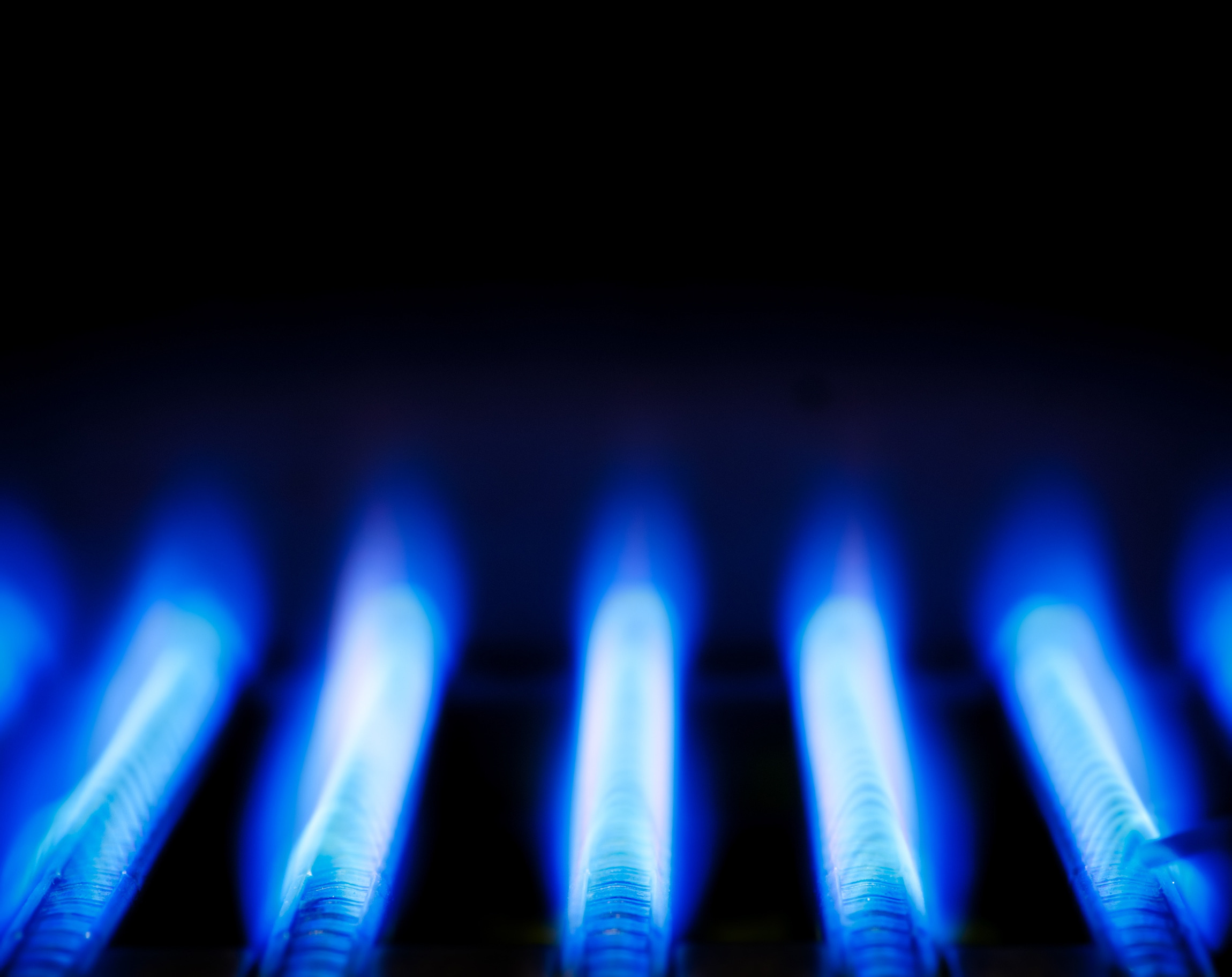Virginia stands at an energy crossroads.
Governor Glenn Youngkin and the Virginia Air Pollution Board have wisely taken steps to protect Virginia’s future energy needs by withdrawing from the Regional Greenhouse Gas Initiative (RGGI). The usual suspects have brought a lawsuit in an attempt to stop them.
There is more to it than that.
Dominion Energy has acknowledged that wind and solar projects are insufficient to keep Virginia’s lights on and has requested that natural gas plants and modular nuclear reactors be built as backup. CFACT delivered written testimony to the State Corporation Commission in support of Dominion’s plan, urging them to go further still by making natural gas the primary instead of the backup power source of electricity generation.
Read CFACT’s full submission at CFACT.org.
A Dominion spokesman conceded in an email that “renewables alone cannot reliably serve the unprecedented growth in customer demand expected over the next 15 years.”
If cutting greenhouse gas emissions is your thing, natural gas should be your hero. America’s ample supply of low-emissions, domestically produced natural gas permitted the U.S. to dramatically reduce its emissions as the rest of the world, including Europe, flatlined or increased.
Mathematician David Wojick did a brilliant job in CFACT’s submission of crunching the numbers that prove how crucial it is to Virginia to secure reliable power.
Central to Wojick’s thesis is that wind and solar are intermittent sources of power, and the infrastructure to store the energy they produce is prohibitively expensive, does not exist, and is not about to.
“Consider the simple case of a 12-hour night with low wind fulfilling that load.” CFACT’s submission explains, “The storage requirement is 60,000 MWh, over six times the proposed storage capacity. Even if the batteries had a 10-hour capacity, they would not come close to meeting the need… Even worse, this simple case is far from the worst likely to occur. Multiple cloudy, hot and cold days with low wind are common in Virginia. Detailed historical analysis will be needed to estimate the likely maximum required storage capacity correctly, and it will certainly be in the hundreds of thousands of MWh. Even assuming huge battery price reductions, this much storage would be prohibitively expensive. Gas-fired backup power is a better option.”
Wojick then leads CFACT’s submission to a more powerful conclusion, “Instead of building new gas-fired generating capacity to backup renewables, it will be far more cost-effective to use gas as a primary energy source. Having gas capacity sit idle simply because the wind is blowing or the sun is shining for part of the day is redundant and expensive.”
Read CFACT’s excellent submission in support of natural gas for Virginia.
Natural gas and nuclear power plants cannot be quickly turned off and on like a light switch. The power grid is undependable without them. The generating plants must, therefore, operate continually.
The smartest move is to cut the redundant and unreliable wind and solar out of the picture and use what works.
